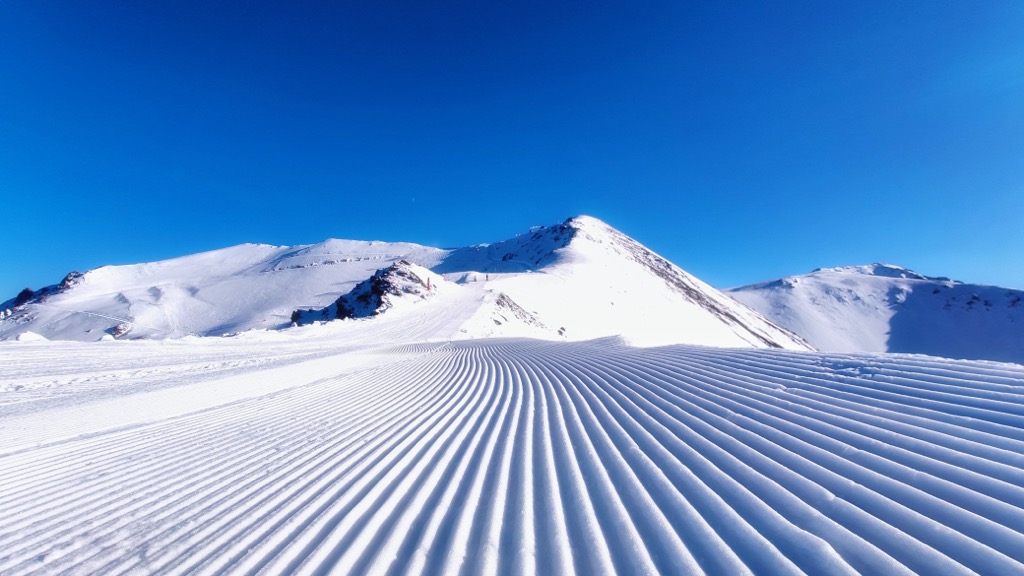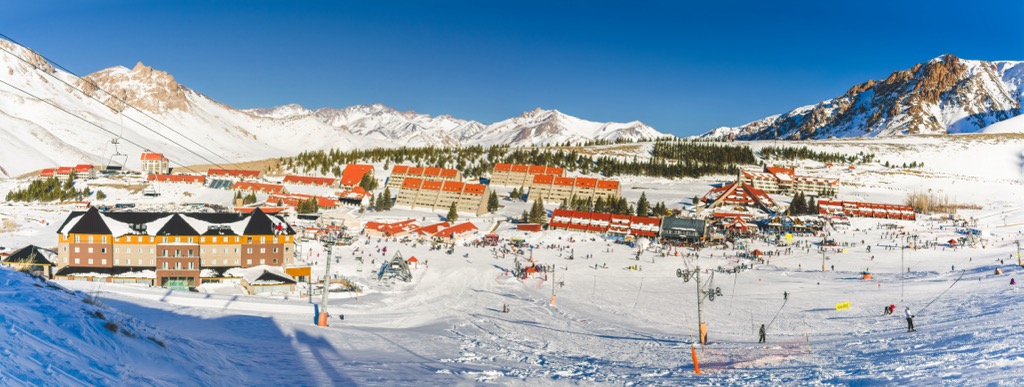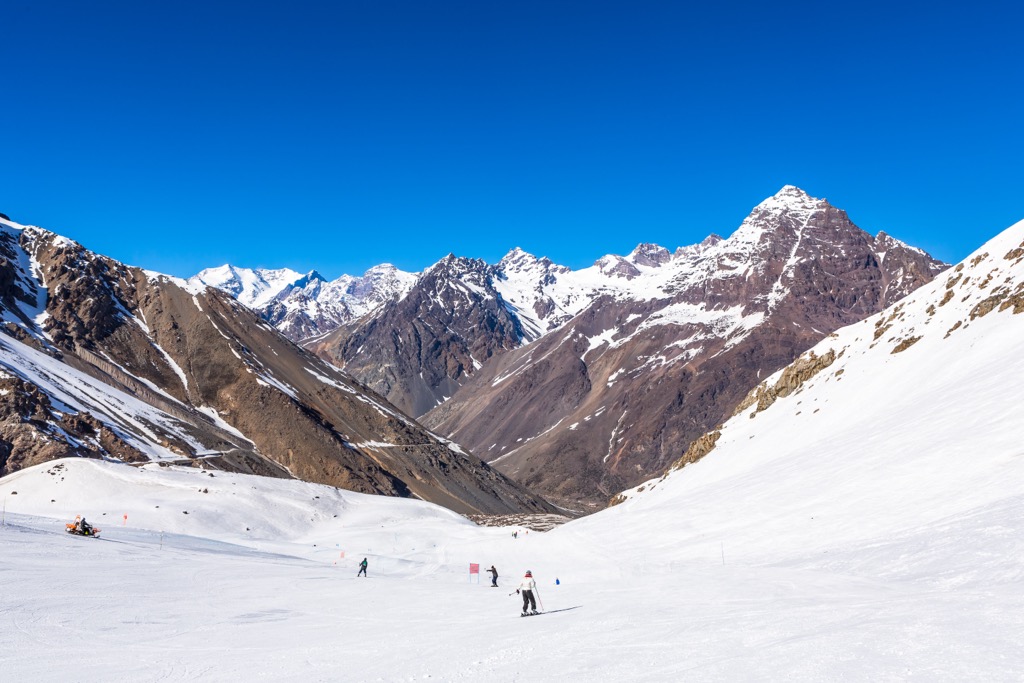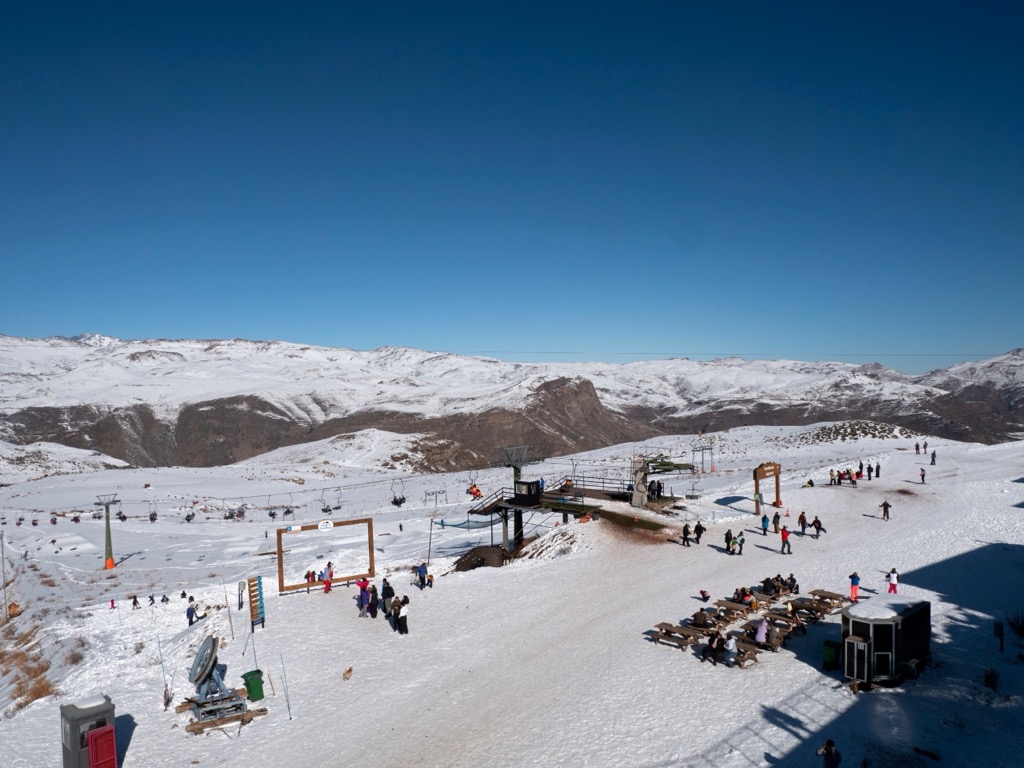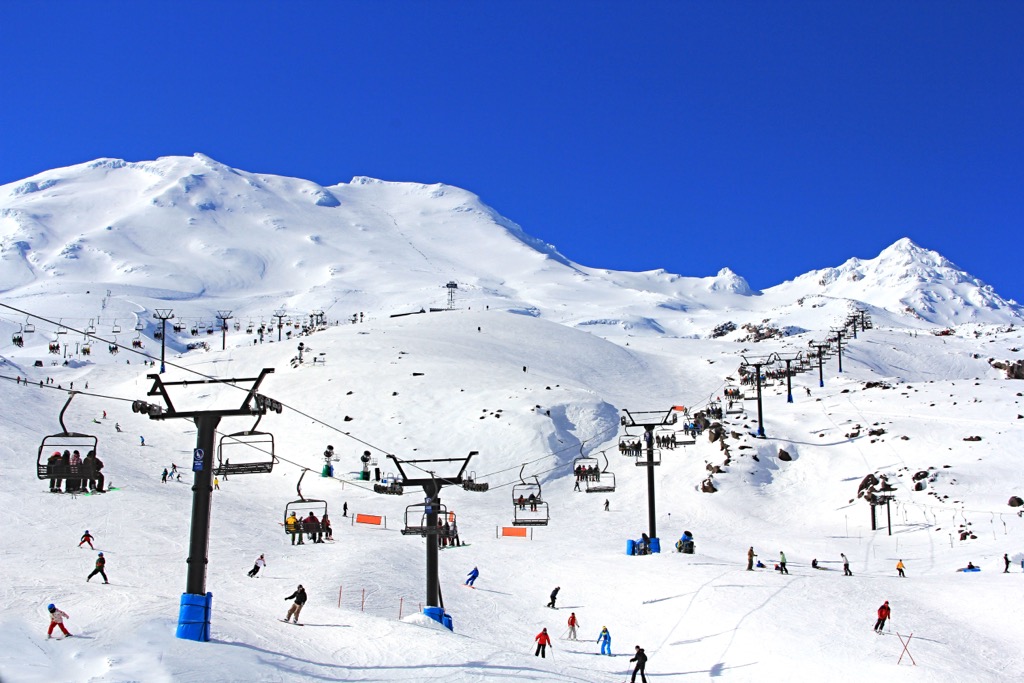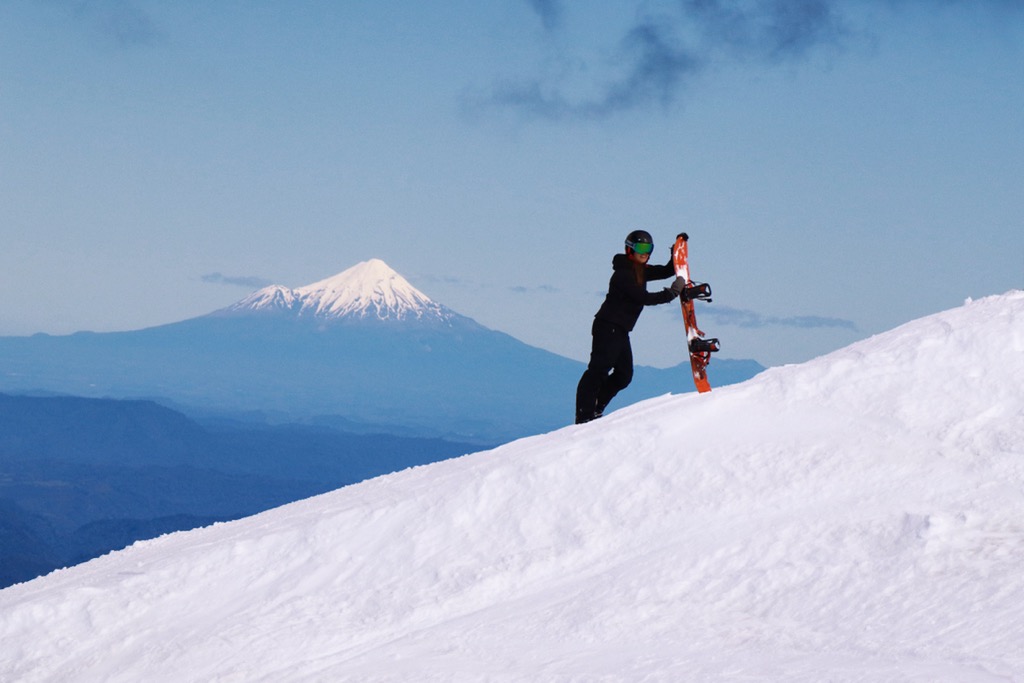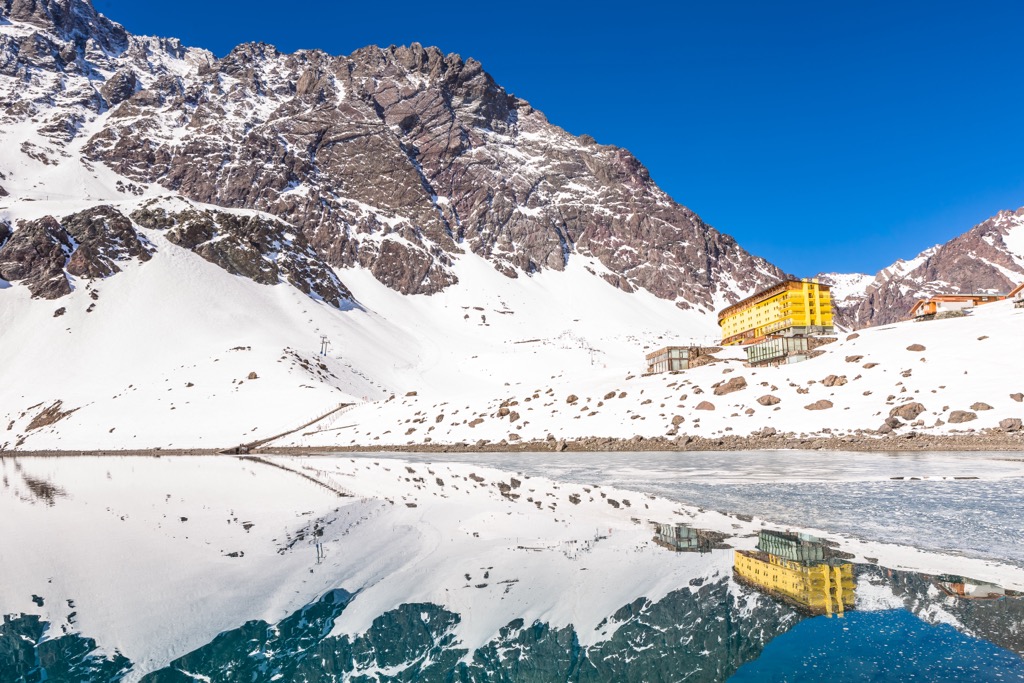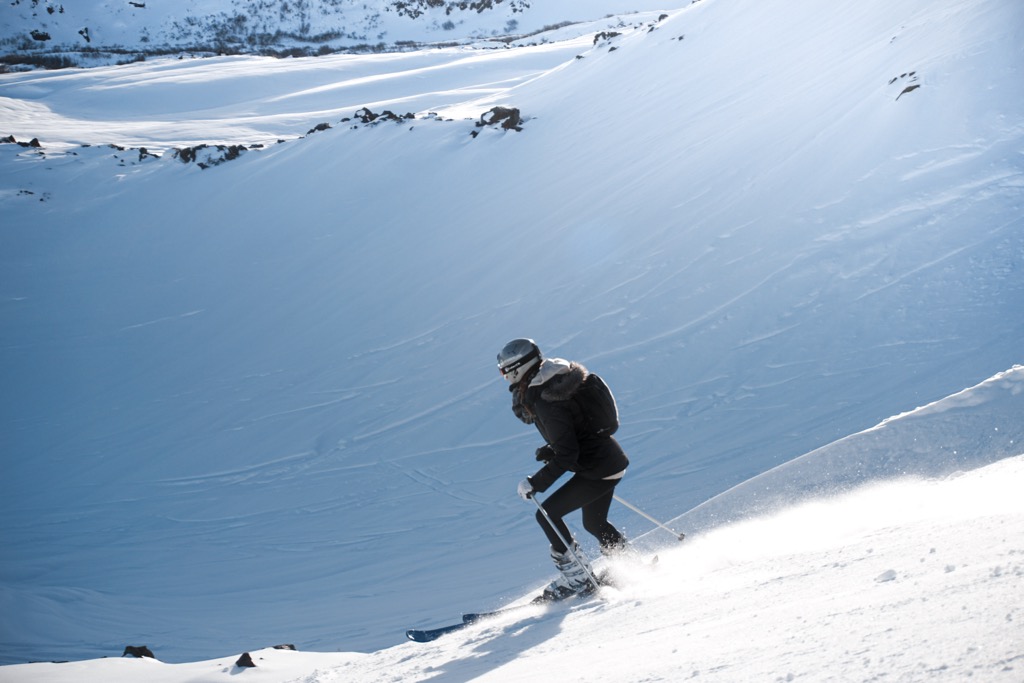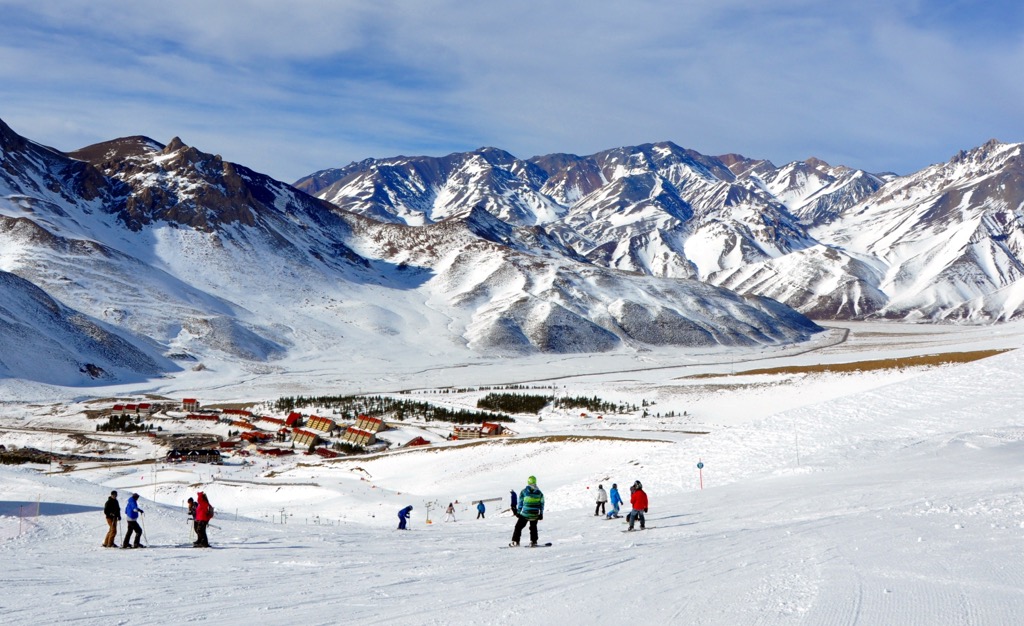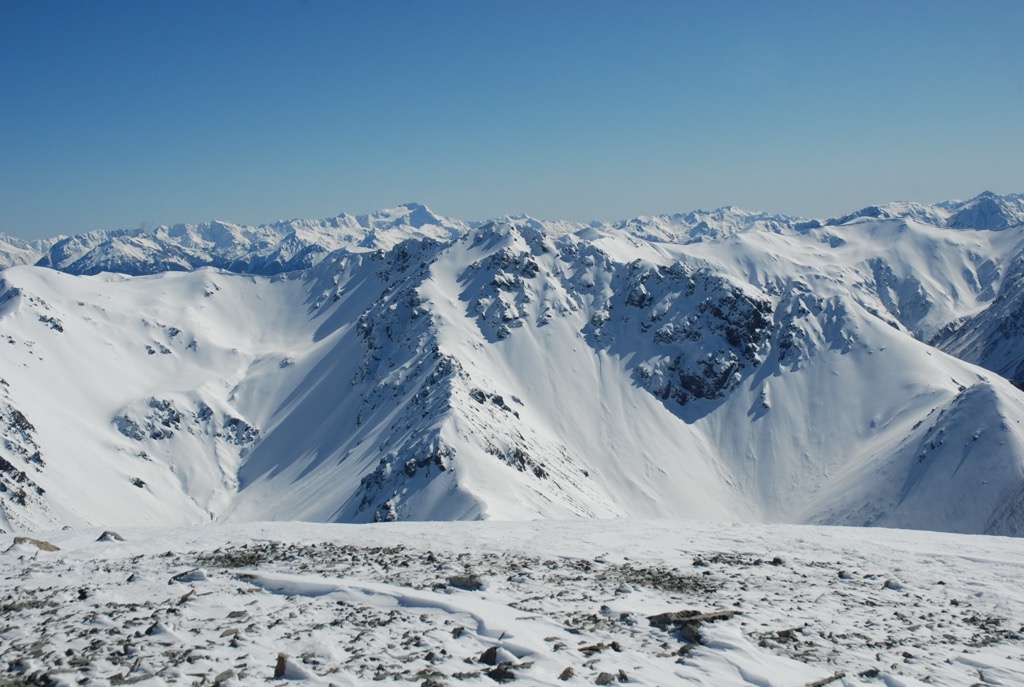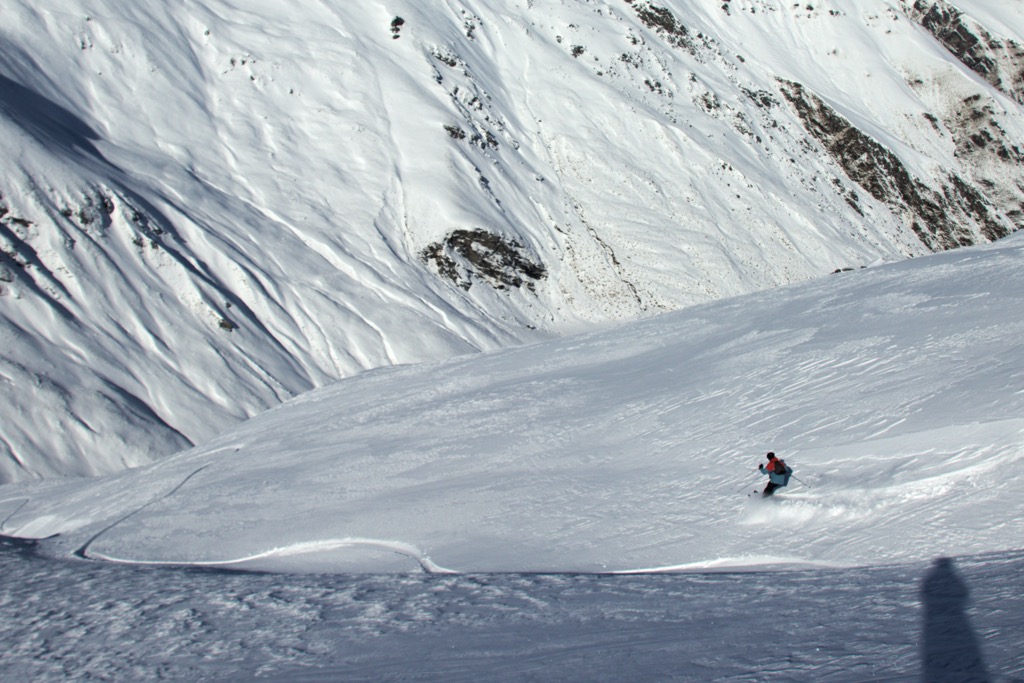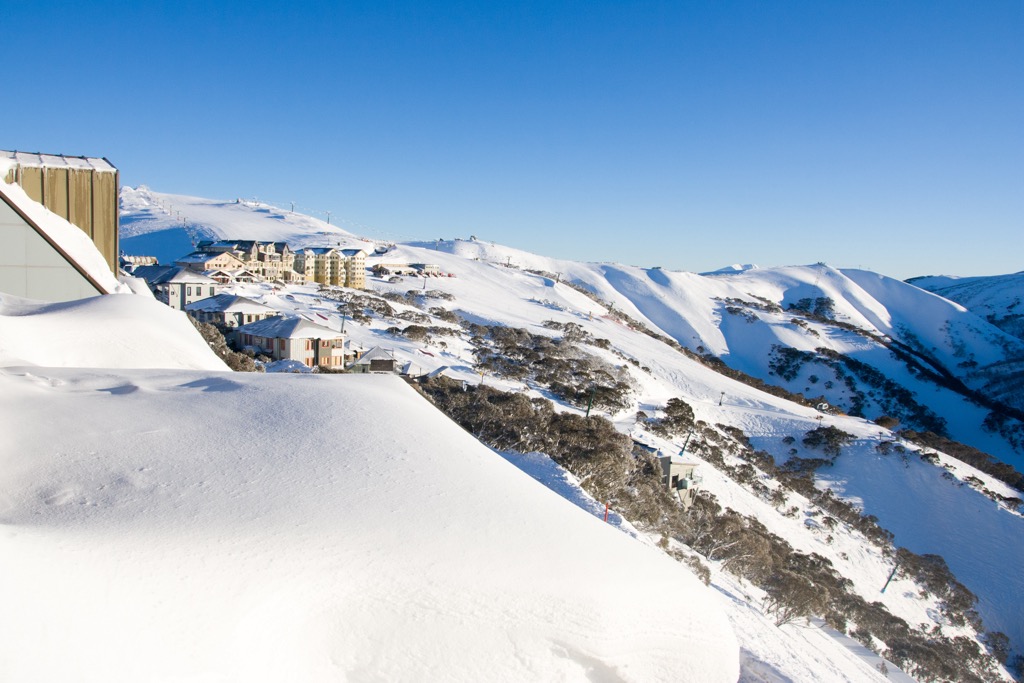Thoughts on Navigating Your Next Never-Summer
The Context
Dreaming of skiing while your peers are having a blast frolicking by the pool? Don’t feel ashamed.
Here’s a little evolutionary tidbit: Multiple studies have demonstrated that colder air enhances brain activity and focus, promoting clearer thinking. These findings indicate that our cognitive functions are enhanced in colder weather, resulting from accelerated decision-making and the ability to remain composed when our bodies require additional energy to maintain thermal equilibrium.
I invariably begin to yearn for winter as the days grow hotter and the dog days of summer descend upon us. Days are marred by the constant desire to take a siesta. Yet, I lie awake at night, sweating in the sultry air. I dream of frosty nights, curled up in my warm comforter.
Don’t let the heat lull you into complacency. You can take steps to mitigate these symptoms. You might even have more fun skiing down here than in the Northern Hemisphere.
I can provide a candid and informative examination of the knowledge I’ve accrued over the years regarding skiing in the Southern Hemisphere.
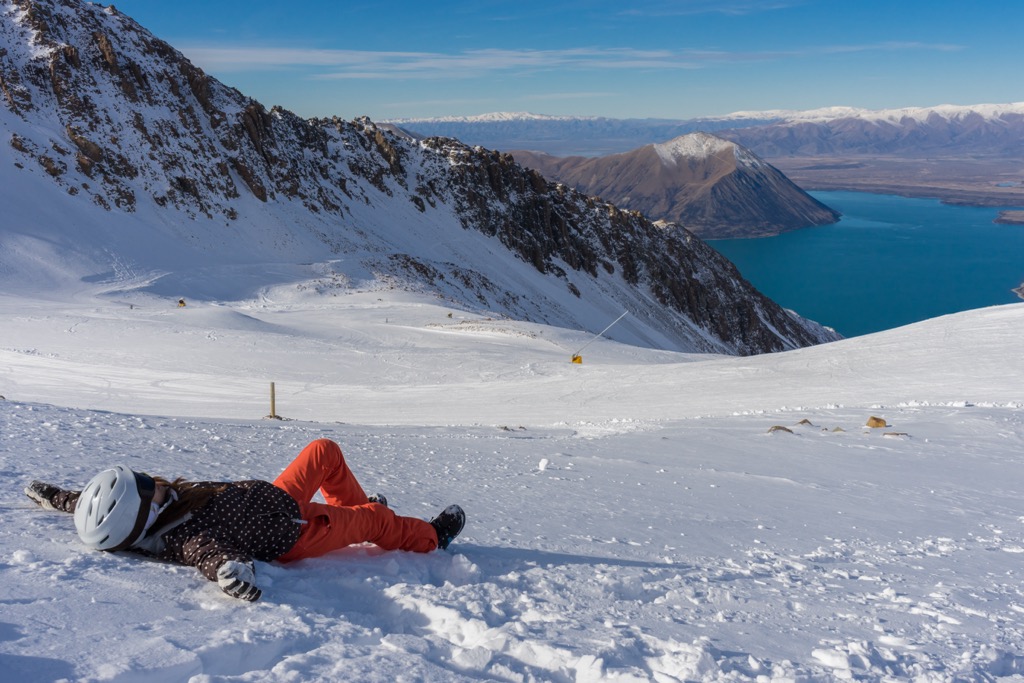
The Destinations
I’m going to start by being honest. The Northern Hemisphere contains 68% of the world’s landmass; by extension, there are more mountain systems and a greater abundance of ski destinations. But this doesn’t mean that the South is less worthwhile.
Generally, the Southern Hemisphere caters more to off-piste skiers than folks looking to cruise immaculate groomers. Along those same lines, there is less of a luxurious vibe, even in hyper-modernized New Zealand and Australia. If that’s your scene, don’t fret too much; it’s 2023, and you can find luxury wherever you want to. However, there’s no equivalent to Aspen, Vail, Courchevel, or the 50 other resorts just like them in the Northern Hemisphere.
In contrast, there are proportionally more resorts that embody the soul of skiing. Resorts with quirky chairlifts, architecture, and operations are the norm rather than the exception.
If you’re a fan of PeakVisor’s 3D maps and are reading an article about skiing during the summer, chances are you’ll fit right in.
Three primary destinations define skiing in the Southern Hemisphere:
South America (Chile and Argentina)
South America is objectively the best place to take a ski-oriented Vacation in the Southern Hemisphere. How can I make that statement with such certainty?
- Most snowfall/best snow conditions.
- The best chance of a classic bluebird powder day.
- Greatest number and diversity of mountains.
- Relatively inexpensive.
- Most exotic and rich culture for Western visitors.
The Andes of South America are one of the planet's largest and most dramatic mountain ranges.
The peaks stretching from Alaska to the southern tip of Chile are known as “the American Cordillera” and are similar in that they result from plate tectonics; specifically, the forcing from the Pacific plate over millions of years. The only comparable system on the planet is the Alpine belt stretching from Europe to the Himalayas, the result of the Alpine Orogeny.
The Andes are relatively new, so they have had less time to erode. There is an abundance of jagged peaks, active volcanoes, glaciers, and ice fields. The only more dramatic mountain group is that of central Asia, i.e., the Tibetan Plateau/Himalayas.
The landscape sets the stage for incredible skiing. The notable ski resorts are all in Chile and Argentina. Many of the lift systems can be used for backcountry access.
It’s difficult to obtain reliable statistics, but the Andes’ ski resorts receive more snow than those of New Zealand and Australia. However, they do not receive as much snow as Europe and North America, and the ski season is consequently shorter. For resorts across the Southern Hemisphere, I recommend a six-week window when planning a trip: the end of July to the middle of September. Outside of this window, the snow conditions are increasingly unreliable.
There’s less infrastructure in the Andes than in Europe and North America. Some regions are extremely snowy, such as Patagonia, but are so remote that it’s inconceivable there would ever be a ski resort there. It’s for the best, as we would rather have these places protected, with access reserved for those willing to work for it.
Resorts offer charm and old, slow lifts, even in the most well-known areas like Catedral Alta Patagonia. Expect prices for lift tickets to be in the range of USD 60. Depending on where you go, food and lodging will run roughly half price by Western standards.
Argentina is likely significantly cheaper than Chile; they are experiencing hyperinflation, and the U.S. dollar is king. Euros, pounds, and any other Western currency will also go a long way, but the word on the street is that Argentinians are particularly fond of dollars. Bring cash, and you might score some killer deals.
Flights, however, will be expensive, and the voyage can be long and arduous; except for Santiago, there aren’t significant cities.
You can expect to eat and drink well. The region is known for its wine and meat. Argentinian resorts offer a lively party scene if that’s your thing. By all accounts, raging until dawn is commonplace, even in remote resorts (Las Lenãs). Enjoy the festivities, or use this to your advantage to beat the crowds to the lifts.
New Zealand
“Skiwi” culture represents the purest vision of skiing on the planet, short of strapping on your skins and hitting the backcountry. The Canterbury Club Fields are the embodiment of this culture. These so-called “clubbies” are small, bare-bones, and gleefully willing to use the most rudimentary of surface lifts - often with little regard to a man’s sensitive bits.
They may lack high-speed lifts, but New Zealand excels at all sorts of off-piste skiing: backcountry, slack-country, and in-bounds steeps are easy to come by. Pros congregate in Cardrona for the freestyle terrain park. Naturally, there are plenty of pistes as well, but don’t expect much in the way of tree skiing.
Unfortunately, New Zealand is not renowned for its snow conditions. One of my friends from Vermont once described it as “west coast terrain, east coast conditions.” The problem is that the ski hills are in the rain shadow of the massive Southern Alps. Snow and wind can often shut lifts and access roads. Moreover, low elevations often result in rain. You can always see a clearly defined snowline in New Zealand, usually just below the resort's base. The valleys rarely get snow.
Still, all New Zealand resorts are relatively small and undeveloped by Western standards, and their soul makes up for the mediocre conditions.
The ski field lift tickets are affordable by U.S. standards, but the rest of New Zealand is on par with the U.S. and Western Europe. A trip here will come with a hefty price tag, and you’d have to sell a kidney to go for the season.
Undoubtedly, the best way for young people to visit New Zealand is with the Working Holiday Visa. Adults aged 18-30 can spend a year living and working in the country, and it’s easy to apply and get approved (just follow the link). In fact, if you’re young, this is the best way to do a never-summer, period.
Australia
Although it boasts the largest ski resort in the Southern Hemisphere (Perisher), Australia is not known for skiing like Chile, Argentina, and New Zealand.
Most resorts are friendly to intermediate skiers. The continent has no extraordinarily high peaks and does not receive abundant snowfall. There are few desirable slopeside villages. Prices are comparable with Western resorts, and when you add the cost of airfare to the Land Down Under, you’re looking at a daunting tab for your vacation.
Aussies love to travel, especially for things they can’t find on their continent. There are likely more Australian expert skiers in Japan, Chamonix, and Whistler during any given Austral summer than in Australia during winter.
Nevertheless, the mountains are beautiful. Skiing through the Eucalyptus trees is magical when conditions are right. Although I wouldn’t recommend this destination for Westerners looking to make a summer ski trip, I’ll include a token resort in this write-up.
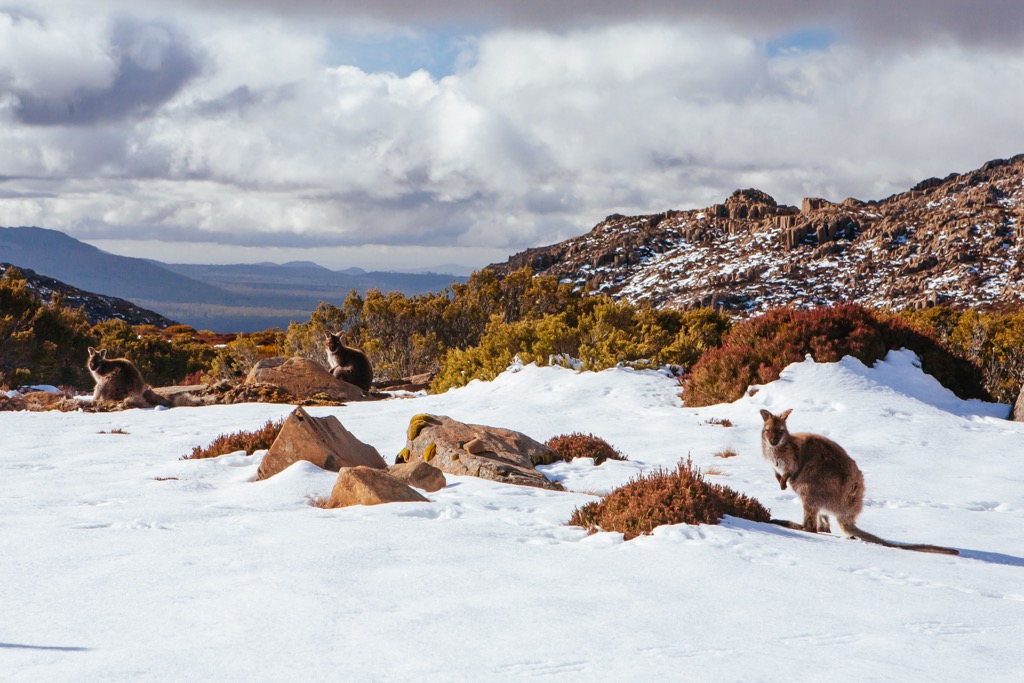
Best Resorts in South America
I don’t have any surprises for you here, folks. If you’ve done even a smidgen of research into skiing in South America, you’ve likely heard of these resorts. They may not be secrets, but they aren’t overcrowded by Western standards, and (relatively) consistent snowfall, access, and terrain still earns them top marks.
Chile
Portillo
Portillo is SA’s most iconic ski resort. The canary yellow hotel at the base occupies the general skier's consciousness with the familiarity of an old Beatles tune; does anybody else think of the Yellow Submarine when they see this old goose perched among the mountains? The Warholian pop-art yellow and white color scheme touches a chord in every skier’s heart.
As such, Portillo boasts the ultimate ski-in-ski-out accommodation. However, the options are limited, with 450 beds available across three standards: shared dorms at the Inca Backpackers Lodge, shared rooms at the Octagon Lodge, or hotel rooms at the Hotel Portillo. Typically, guests arrange their accommodations for a week-long stay, from Saturday to Saturday. The experienced is neatly packaged, with all meals and lift passes included in the price.
While a few day-trippers choose to stay in Los Andes, the nearest village offering lodging, most visitors stay on the mountain. In the best of times, the other guests during your week become like an extended family.
The ski terrain is entirely above the treeline. There’s a blend of long groomed runs and legitimate big mountain skiing. While there are trails suitable for all skill levels, the resort caters to advanced clientele in search of steep slopes. With the traverses around the hotel and all the hiking and skinning, skiing tends to be more popular than snowboarding at Portillo.
Like all the world’s best ski areas, Portillo’s biggest strength is lift-accessed backcountry terrain. If you score the right week, the place is limitless.
Only a two-hour drive from Santiago International Airport, Portillo is easy to access by South American standards.
The biggest downside is the variable snow conditions and the lack of flexibility with this resort. Many folks head down to SA, rent a van, and chase powder around based on where the storms are heading. If you’ve already paid for your week at the Hotel Portillo - and this is not cheap - you’re committed no matter what the weather brings.
Nevados de Chillan
For skiers seeking a more secluded and unconventional experience, Chillan offers snowy slopes, thermal hot springs, enchanting mossy glades, and abundant powder. Indeed, Chillan is most likely the snowiest ski resort in the Southern Hemisphere (approximately 9 meters / 360 inches annually).
Chillan offers potential visitors the highest chance of scoring freshies. Between the snow, the vast terrain, and the relative lack of tourists (the resort is several hundred kilometers from Santiago), it’s easier to steer clear of other skiers.
Cone volcanoes and ancient forests dominate the region, providing a truly magical atmosphere. And let's not forget about the therapeutic hot springs, as the resort is at the base of an active volcano. Just seven kilometers (four miles) below the base area and hotels, you'll find the peaceful town of Las Trancas, which offers a range of accommodations, guesthouses, and restaurants. Las Trancas is also where many local skiers reside, giving the resort an authentic and vibrant atmosphere uncommon in many other South American ski destinations. For these reasons, Chillan wins the ‘culture’ award over Portilo and Tres Valles.
Unfortunately, there isn’t much here for experts. Hence, most powderhounds try their luck at Las Lenãs, Portillo, and Catedral even though their chances of suitable conditions are lower.
Argentina
Catedral Alta Patagonia
Catedral, often hailed as the best ski resort in South America, boasts prominent steeps like Zona la Laguna, breathtaking tree-skiing in Zona Second Lomo, and expansive, well-groomed slopes. The surrounding mountains are inspirational, adorned with spiky granite spires that inspired the name "Catedral." Plus, you can stay at the Refugio Frey for a few nights during your trip.
The base area provides the typical convenient amenities: lodging, restaurants, and après-ski spots. However, you must not stay in the resort village! What makes Catedral even more appealing is its proximity to the lively city of San Carlos de Bariloche, 15 minutes down the road.
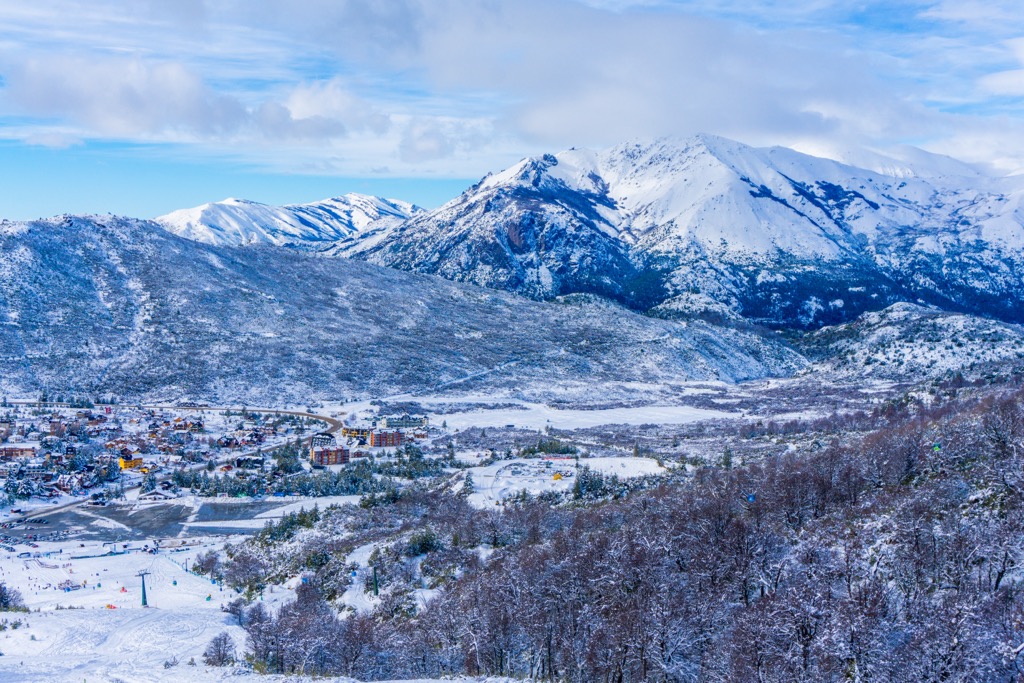
You can easily connect to Bariloche from Buenos Aires, making Catedral one of the more accessible resorts in SA. Stay in Bariloche; this town is exciting and one of the best parts of Catedral. You can eat Argentinian steak and drink Malbec until you succumb to the urge to scope the nightlife. The scene? Music, dancing, beautiful people, and Fernet and coke. The duration? Deep into the night.
Catedral has some incredible days, but like anywhere in SA, it’s variable. Don’t get sucked into the party on powder days because there will likely be bad conditions, too; that’s the time to let loose.
Las Lenãs
If Portillo is SA’s most iconic ski resort, Las Lenãs - specifically the Marte chairlift - is the most mythical.
If the conditions are favorable and the wind isn't too strong, make your way to the Marte. That’s why gringoes come to this mind-blowingly remote ski resort. This fixed-grip double chair slowly cranks its way up to 3200 meters, where couloirs, cliffs, and suicidal big-mountain steeps abound.
Many reliable sources have told me that the skiing off the Marte is on par with Chamonix, which is really all that needs to be said.
Interestingly, Las Leñas also caters to children, with gentle runs and groomed slopes in the base area providing plenty of options for family enjoyment. There is also a fair bit of intermediate piste skiing. Perhaps for this reason, the place is surprisingly popular with upper-crust Argentinians, considering the remote nature and the mediocre quality of the accommodation. Well, that and the raw beauty of these remote desert peaks.
Unfortunately, at 35° latitude and only 3200 m (11,200 ft), Las Leñas can be cripplingly snow-challenged.
A few years ago, the entire resort was brown until mid-August - yes, there was literally no skiing for the first half of the season. Then it snowed three meters (10 feet) in a few days (no exaggeration, check out these pictures). You were out of luck if you booked a trip before the storm. After the storm? Maybe some of the best days of skiing of your life.
Those reliable sources I mentioned earlier? Many have explained that, although it’s epic when open, the Marte chair is so fickle that they no longer bother with Las Leñas. Nowadays, most people chase the big storms instead, which is more reliable but has resulted in crazy congestion on the slow Marte. When the Marte is closed, expert skiers have little to interest them. Moreover, when it’s foggy or storming, you can’t really ski because there are no trees and very little contrast.
If you can afford it, it’s probably worth checking this place out. At the very least, it will be beautiful, and you’ll meet other rad skiers and party all night at the UFO Point disco.
Best Resorts in New Zealand
Canterbury Club Fields
Craigieburn/Broken River
Craigieburn and Broken River are two of the six Canterbury Club Fields. A 15-minute hike from the top of the lifts interconnects the two areas.
Craigieburn offers some of the most challenging in-bounds terrain in New Zealand. The ski area features everything: steep couloirs, bowls, faces, and more. Just don’t expect to see a groomer.
The entire ski area is considered off-piste, with no grooming performed except for Mother Nature's natural processes.
Craigieburn relies on a relatively primitive lift system. Think three nutcracker rope tows that transport skiers up an impressive 500 meters of vertical elevation.
The main advantage, of course, is the abundance of fresh tracks available for the most enthusiastic and physically fit skiers. Expect to hike from the top of the lifts and traverse back at the end of each run. Craigieburn is not suited for families or beginners, and even strong intermediate skiers would struggle unless the snow conditions are absolutely ideal.
Broken River, on the other hand, offers less extreme terrain compared to Craigieburn. However, it’s still a relatively advanced mountain, and the primitive nature of the ski area is less likely to attract beginner and intermediate skiers than commercial resorts.
Additionally, with fewer visitors than Craigieburn, fresh powder tends to last longer at Broken River.
One of the standout features of Broken River amongst the clubbies is its reputation for being the ski field most likely to remain open in the Canterbury region. The access road is less susceptible to closure as it is not as prone to avalanches.
Treble Cone
Treble Cone features just three lifts and 16 named runs. Incredibly, it is also the largest ski resort in New Zealand, a testament to the intimate nature of NZ resorts and the extent of Treble Cone’s off-piste skiing. Like most resorts on this list, there ain’t much for beginners and intermediates.
Like the aforementioned clubbies, Treble Cone’s best terrain (Motatapu Basin) is hike-to. The basin has serious terrain with features like The Diamond and The Fickle Finger of Fear. The terrain can include large no-fall zones and mandatory airs. Plenty of good old “double-black” type steeps, couloirs, and open bowls exist.
Treble Cone is relatively close to Wanaka and Queenstown, two of NZ’s most legendary mountain getaways.
The only issues plaguing this beautiful place are the same ones plaguing the rest of NZ’s resorts: a lack of snow, a gnarly access road, and a basic lift infrastructure. The latter two points may add to the charm, but the first, not so much.
Best Resorts in Australia
Mount Hotham
Mount Hotham is the preferred destination for Australia’s advanced skiers. As the saying goes, the best resort is the one you’re skiing at. Nevertheless, a good day at Hotham might begin to come close to Northern Hemisphere resorts.
Forty percent of the mountain's terrain is expert. There is a lot of off-piste, tree skiing, and backcountry access from the top of the mountain (which also hosts the resort’s village). Hotham is the “powder capital” of Australia, but with just over 3 meters (10 feet) per season, we aren’t talking big numbers. The resort is on the Epic Pass, which could be a reason for North American skiers to visit.
Hotham is also one of the coldest places on the continent and one of the few places in Australia where the high temperature often does not reach freezing.
Lastly, with over 20 restaurants and bars, the après ski scene at Mt Hotham offers abundant opportunities for dining and socializing. With a core segment of the continent’s ski scene focused here, you might make new friends.


